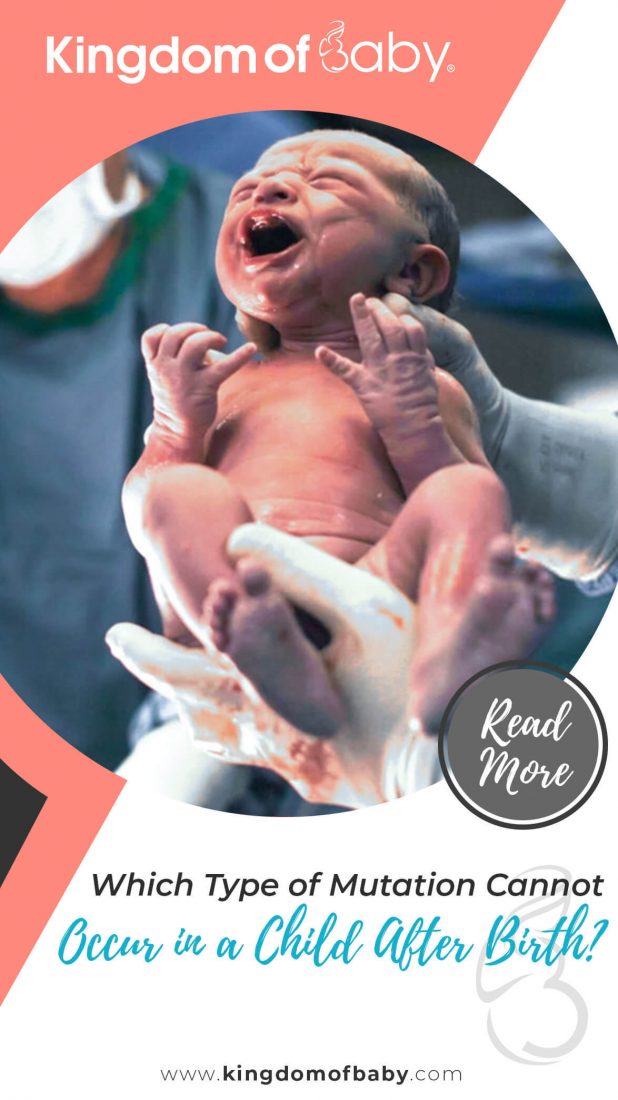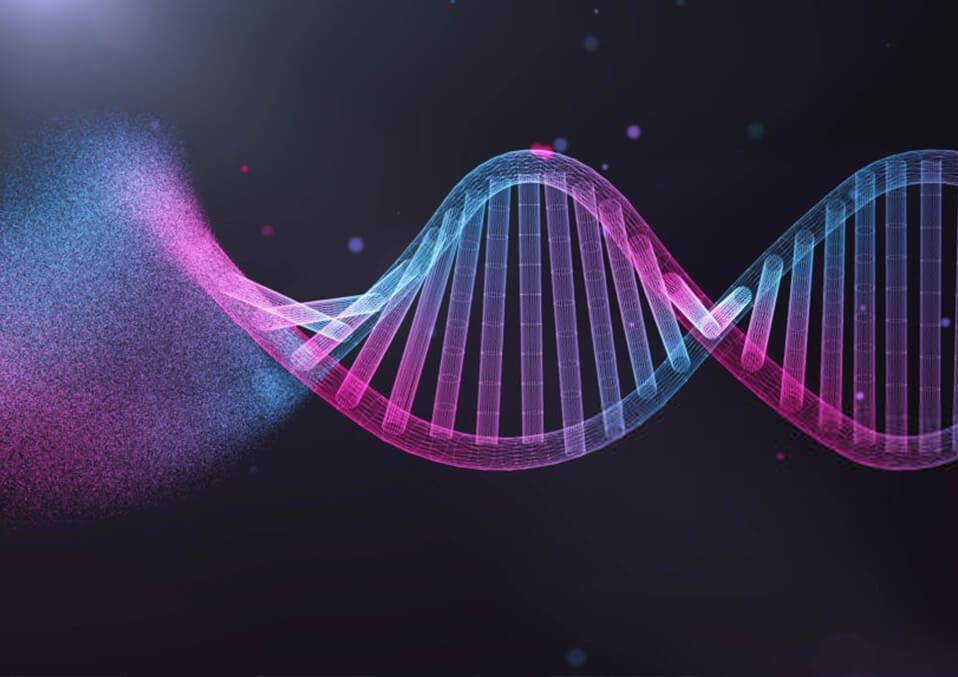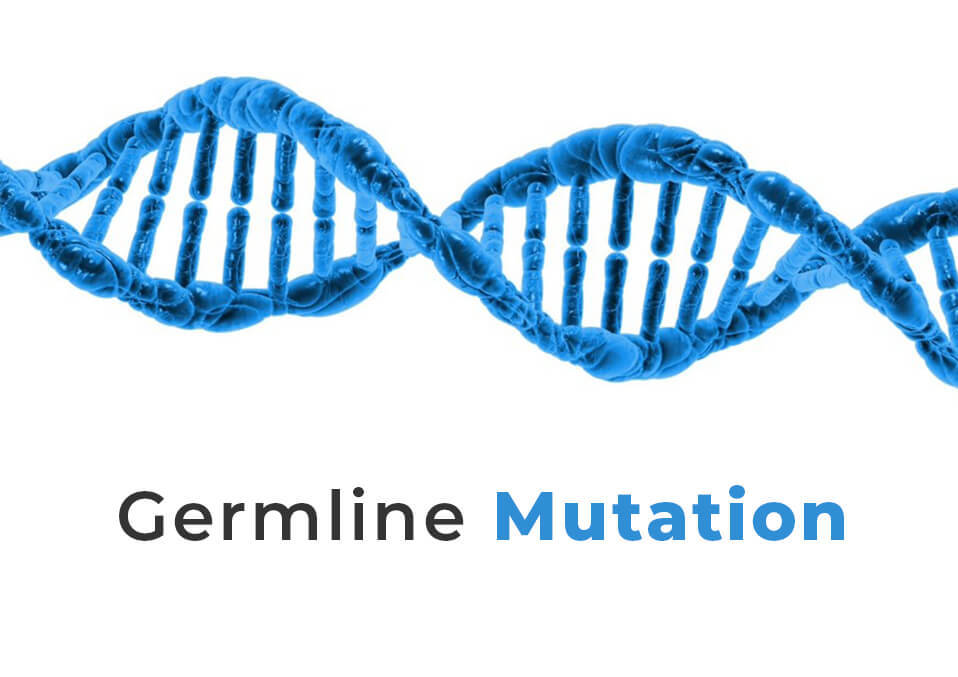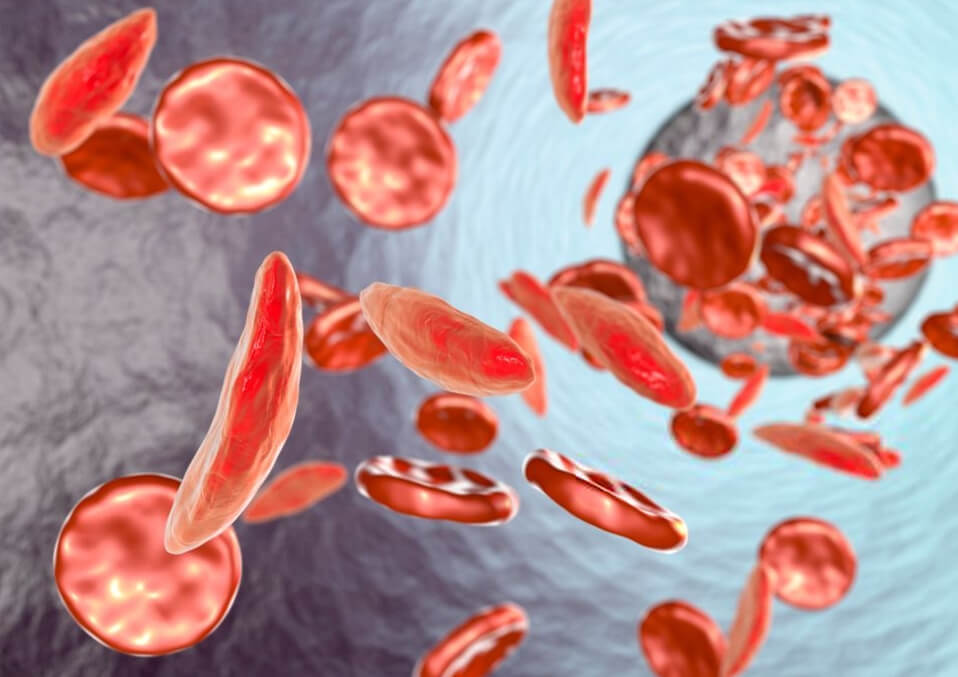
When you give birth to your child, the only thing that you keep on wishing aside from delivering him or her safe, was the health. When you found out that your baby has no defect at all, you will get that sense of relief after 9 months of pregnancy. But sometimes, even if we wish to have a healthy child, there were instances that their development alters. And that is what we call mutations.
This article will discuss which type of mutation cannot occur in a child after birth, along with the effects of mutations. Learn more about the common gene mutation examples and everything about child growth for these is an important issue because babies are very vulnerable. And we do not want anything that could harm them.
What is a mutation?

Mutation definition is an alteration or a change in the sequence that makes up a gene, it usually differs from normal people. Mutation varies in the range in size. The very small difference in a DNA sequence makes everyone a little more unique. DNA is accountable to the variations all people have, whether it be hair, the color of the eyes, height, your baby’s weight, shape, and behavior. Variations in Genes help change the population over time. Mutations sometimes aren’t harmful. But sometimes it can cause certain illnesses.
Read also: Effective home remedies for diaper rash
How to classify gene mutations
Types of mutation
Hereditary mutations: also called “germline mutation” happens in the parent cell. This mutation occurs only in the germ cells (egg and sperm). The changes in the genes are somewhat potentially inherited from the parents. Parents are sometimes not aware that these genes are carried by them. Some mutations can be inherited by your offspring, as we all know some mutations can cause illnesses. Some cancers are inherited through the germ cell.
Somatic mutations: In this mutation, it cannot be inherited by the children because it doesn’t happen in the germ cells. However, if the cells that divide carries the mutated gene, the possibility of the gene getting inherited during vegetative or asexual reproduction is possible. The occurrence of this mutation increases with age. There is so many somatic mutation theory, that is why as we age, we are more prone to cancer. Cancer is one of the examples of somatic mutations in humans.
Read also: Babies eating lemon is it okay
Point mutations: This change happens when a particular “base pair” in a DNA strand. This is often triggered by the change in the molecule that is triggered because of a “fault’’ when DNA copies itself or the exposure to radiations such as X rays, which is point mutation. There are two types of Point mutations, transition, and transversion. When one of the bases is replaced or substituted with another base, it is called transition mutation. Transversion happens when a pyrimidine base is replaced with another pyrimidine base or a purine base is replaced with another purine base.
Frameshift mutations: A mutation wherein It is caused by “Indels” or in other words Insertion/deletion, of several nucleotides that are not divisible by three. They are basically found in the coding sequence of polypeptides. It happens when the number of nucleotides that were added or removed is not divisible by three.
Read also: Babies and their eye colors
So, the answer to the question “Which type of mutation cannot occur in a child after birth?” The answer is Somatic mutation.
Some of the questions that are Being Asked When Tackling About Mutations
Which type of mutation occurs in reproductive cells and can be passed to offspring?

- Germline mutation because the mutation happens in the germ cells. The Egg and the sperm.
Which type of mutation always creates a stop codon?
- The answer is Nonsense mutation. It’s A type of point mutation wherein there’s a change in one nucleotide sequence in the DNA. Thus, forming a stop codon in the RNA which is transcribed from the DNA. It often results in the premature termination of protein synthesis. Resulting in the formation of truncated proteins due to stop codon
Which best describes somatic mutations?
- The somatic mutation causes cancer. As it was said earlier, as we age, the possibility of getting cancer increases.
Which best describes genetic mutations?
- Some good genetic mutations that are good can be passed on but some different forms of mutation can cause cancer. But most genetic mutation causes disease is passed on to their offspring.
Why is UVA light considered a mutagen?
- So, what is a Mutagen? A mutagen is a physical/chemical agent that has the ability to alter genetic materials. UVA is considered a mutagen because it penetrates the skin and causes cancer.
Which type of mutation causes sickle cell anemia?

- Point mutation. It changes one base pair. In this case, the gene for hemoglobin. It causes the hemoglobin to distort when deoxygenated thus forming sickle shaped-like cells. And capillaries are blocked by the sickle-shaped cells, thus cutting the circulation.
Are mutations bad?
Some mutations are bad, but some are good. As I’ve said earlier there are good and bad effects of mutation. It depends on what DNA they’re altering. Biochemical mutations such as sickle cell anemia are one of the primary reasons why some mutation is bad. It affects the person’s body and his well-being.
How do genetic mutations affect health and development?
When you want your body to function accordingly, all cells in our body need protein to do their duty at the right places at the right time. When a gene’s instruction is being altered, it may cause the protein to malfunction or worse, miss entirely. Thus, disrupting the healthy flow of development or worse it may cause medical conditions. When a condition is caused by mutation, it is called a genetic disorder. It is important to know that genes do not cause the disease, a genetic mutation causes the gene to malfunction.
What is a deletion mutation?
Deletion mutation is a type of point mutation wherein a part of a chromosome is lost during DNA replication.
Conclusion
There are many arguments that the effects of mutation in humans are bad. A lot of arguments say it’s bad. Without variations and evolution, it would not exist without the existence of DNA. Without this adaptation, humans are more prone to diseases and certainly would not be able to properly adjust to the different circumstances in this world. There are a lot of mutations that are threatened. I hope in this article the question “What mutations cannot occur in a child after birth” solved your queries.
Read also:
- Colic and how to deal with it
- Signs of Autism in Babies and How to Deal with them
- Brow or Face Presentation Overview, Occurrence, Detection, and Prevention


